TDS/TCS: Complete FAQs & Compliance Guide (India)
TDS (Tax Deducted at Source) and TCS (Tax Collected at Source) are core compliance pillars in India. This page explains—clearly and step by step—who must deduct/collect, the rates and thresholds, due dates to deposit and file statements, and how to use TAN, Challan ITNS-281, and quarterly returns (24Q/26Q/27Q/27EQ). You’ll learn how to download and issue Form 16/16A/16C/27D, view credits in Form 26AS/AIS, and handle special PAN-based challan-cum-statements (26QB/26QC/26QD/26QE). We also cover higher-rate rules (like PAN not furnished and specified non-filers) and practical correction workflows. Use this TDS/TCS guide to prevent mismatches, protect cash flow, and keep your filings accurate and on time.
TDS/TCS — Frequently Asked Questions (India)
Closing Notes — TDS/TCS
Staying compliant with TDS/TCS is mostly about doing the basics on time: deduct/collect at the correct rate, deposit via ITNS-281, file the right quarterly statement (24Q/26Q/27Q/27EQ), and issue certificates (16/16A/27D) within the due dates. Reconcile credits in Form 26AS/AIS and fix any errors with challan/statement correction to prevent demand notices. Keep PAN/TAN details accurate (higher rates may apply if PAN is missing) and always check the current year’s thresholds and timelines before action.
Notes on rates, thresholds & dates
Rates/thresholds and some compliance dates change via Finance Acts, circulars and notifications (e.g., LRS/overseas tour TCS, quarterly due date relaxations). Always validate against the current year pages/circulars. Income Tax India+1

TDS/TCS simplified — right rate, right date.
Sources (official)
- Income Tax Dept: TDS overview & payment, credit view options. Income Tax India
- TAN FAQs (who needs TAN). Income Tax India
- e-Pay Tax FAQs (PAN-based 26QB/26QC/26QD/26QE, resident-only). Income Tax Department+1
- TCS concept booklets (overview, LRS/overseas tour references). Income Tax India+1
- 15G/15H FAQs, rules and downloads. Income Tax India+1
- 206AA/206AB/206CCA references & Budget 2025 FAQs (status). Income Tax India+2Income Tax India+2
- Lower/Nil TDS (Sec. 197) tutorial & Form 13. Income Tax India+1
- Certificates & calendars (Form 16/16A/27D timelines). Income Tax India+1
- Corrections: Challan correction & Conso file (TRACES). Income Tax Department+1
- Purchase/Sale of goods tutorials/FAQ hub. Income Tax India+1
Next steps
- See the Income Tax FAQs hub for more categories.
- Need the basics? Visit Computation of Tax — FAQs for heads of income, GTI vs Total, rebate 87A, surcharge and marginal relief.
- Explore FAQs on Income Tax Return (ITR) Filling
Last updated: Oct,2025. Tax thresholds/rates change; if something looks off or you need a scenario added, send us a note and we’ll update quickly.
Disclaimer: The information on this page is for general guidance only and is not tax, legal or professional advice. Laws and thresholds change, and application depends on your facts. While we aim to keep content current (Finance Act, 2025), errors or omissions may occur. Always refer to the Income-tax Act/Rules, CBDT notifications/circulars and consult a qualified advisor. If there is any conflict with the law, the official provisions prevail. TaxBizMantra and the authors accept no liability for actions taken or not taken based on this material; examples are illustrative and do not create a client–advisor relationship.
